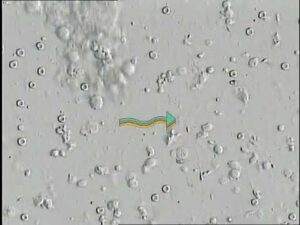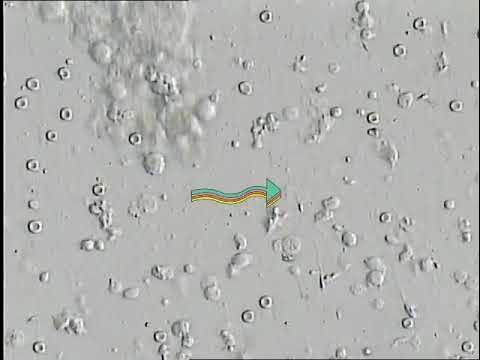
Predictors of Successful Sperm Retrieval after Failed Testicular Surgery
Background The study focuses on men with a severe infertility condition called non-obstructive azoospermia (NOA). This condition means the testes produce little or no sperm.

Background
The study focuses on men with a severe infertility condition called non-obstructive azoospermia (NOA). This condition means the testes produce little or no sperm. A surgery called microdissection testicular sperm extraction (mTESE) is often performed to find sperm for fertility treatments. However, not all attempts are successful. This research looks at factors that predict whether a second, or “salvage,” surgery might succeed after a first one fails.
Methods
The researchers reviewed past studies involving men with NOA who had failed sperm retrieval surgeries. They analyzed various patient details like age, hormone levels, and testicular characteristics to identify factors linked to success or failure in salvage surgeries.
Key Findings
Conclusions
Certain factors like age, hormone levels, and testicular tissue type can help doctors decide if a second surgery is worth trying. These insights could help avoid unnecessary procedures that might cause harm or stress.
Limitations
The research had some limitations, such as the small number of studies and participants and the lack of data from certain regions. Further studies are needed to confirm these findings and refine predictors.

Background The study focuses on men with a severe infertility condition called non-obstructive azoospermia (NOA). This condition means the testes produce little or no sperm.

What is NOA? Non-obstructive azoospermia (NOA) is a condition where a man’s sperm production is severely impaired or absent, leading to infertility. Unlike obstructive azoospermia,
Prolistem, a patented formula, has not been evaluated by the Food and Drug Administration. This product is not intended to diagnose, treat, cure, or prevent any disease.
Copyright © 2025 Prolistem®
Prolistem, a patented formula, has not been evaluated by the Food and Drug Administration. This product is not intended to diagnose, treat, cure, or prevent any disease.
Copyright © 2023 Prolistem®